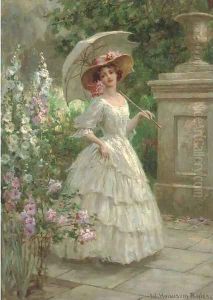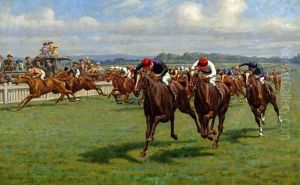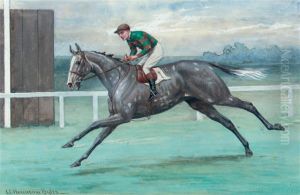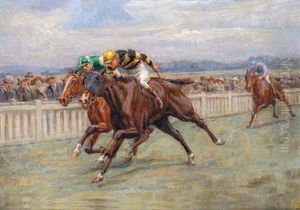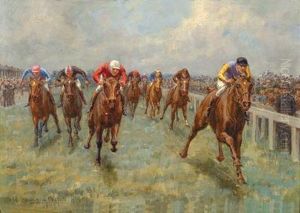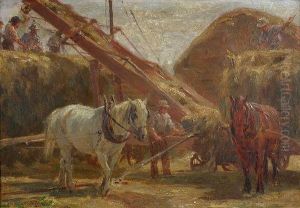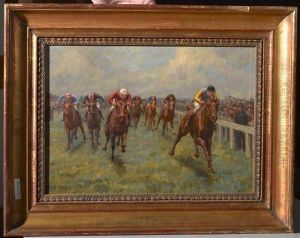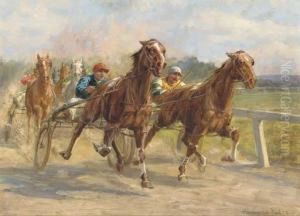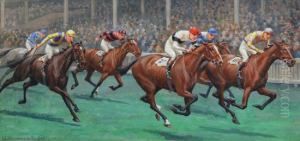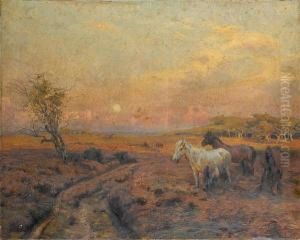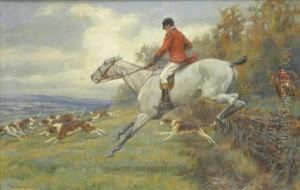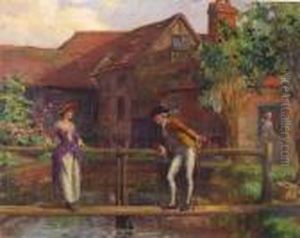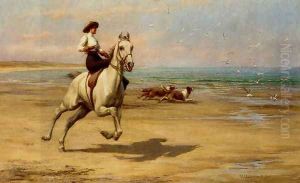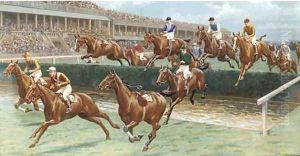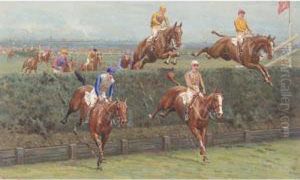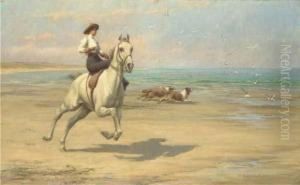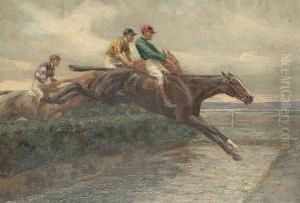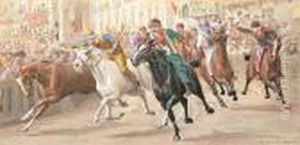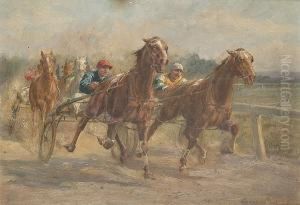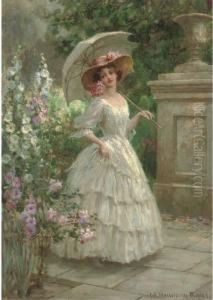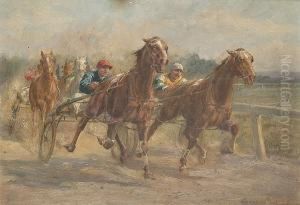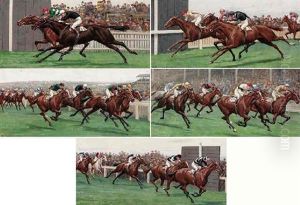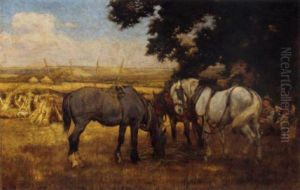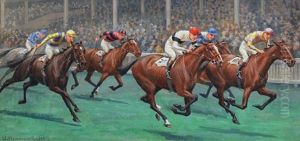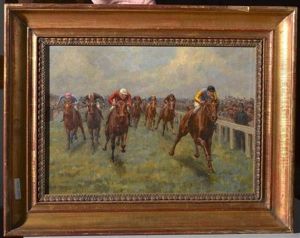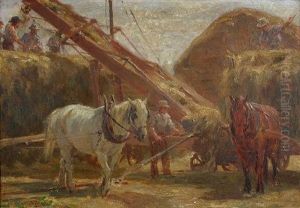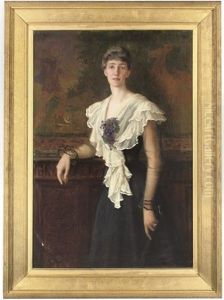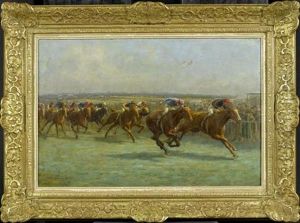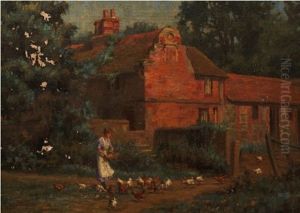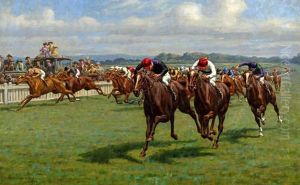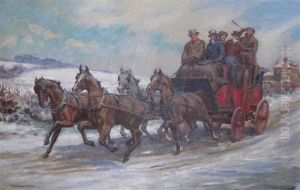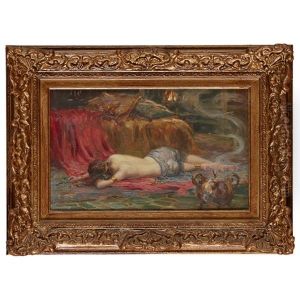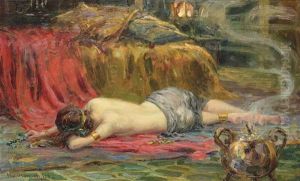William Hounsom Byles Paintings
William Hounsom Byles, known simply as W. H. Byles, was a British artist born in 1872. His artistic career, which spanned the late 19th and early 20th centuries, coincided with a period of significant change in the world of art, with movements like Impressionism, Post-Impressionism, and Modernism taking shape. Byles was primarily known for his landscape and seascape paintings, which often captured the serene beauty of the English countryside and coast.
Byles received his art education in Britain and possibly abroad, which was customary for many artists of his time. He worked in a variety of mediums, including oil and watercolor, and his style evolved over the years, reflecting both the traditional aspects of British landscape painting and the influence of newer artistic movements.
During his lifetime, Byles exhibited his work at various institutions, which may have included the Royal Academy of Arts and other regional galleries. His exhibitions would have given the public an opportunity to appreciate his interpretation of the natural world through his art.
Despite his contributions to the art scene during his active years, W. H. Byles did not gain the same level of fame as some of his contemporaries. As a result, detailed records of his life and work are somewhat scarce, and he remains a lesser-known figure in British art history. Nevertheless, his paintings continue to be appreciated by collectors and art enthusiasts who value the quiet beauty of his landscapes and seascapes.
William Hounsom Byles passed away in 1957, leaving behind a body of work that, while not widely recognized, contributes to the rich tapestry of British landscape painting. His legacy is preserved in the artworks that survive him and the occasional mentions of his name in the annals of art history.
